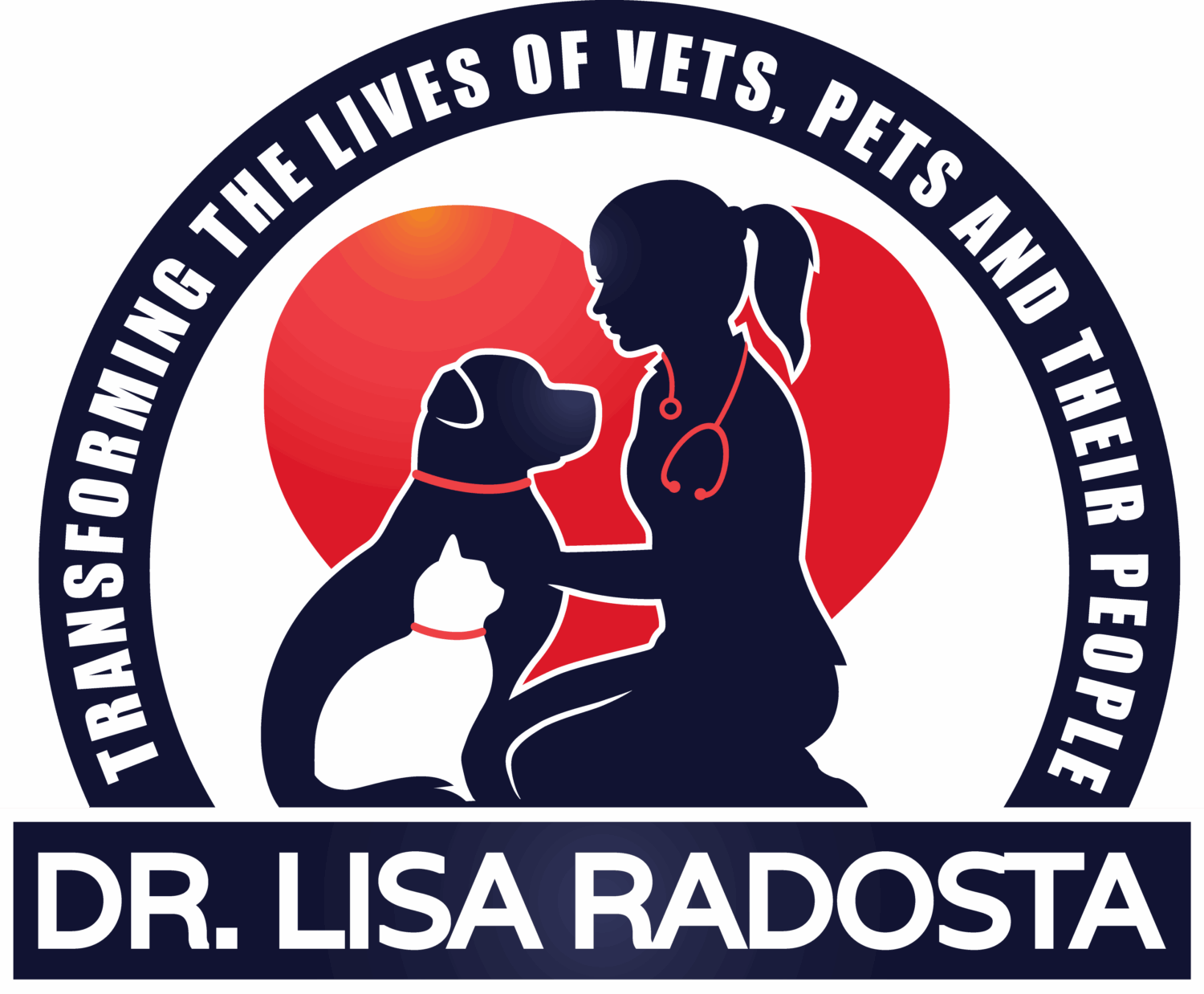Canine Body Language: Averted Gaze
When trying to analyze an animal’s body language, each signal must be taken in context. Other body language signals should be analyzed as well to form as complete as possible view of the animal’s intent or emotional state. You can generally characterize signs in 3 categories: go, stop and yield.
The avert gaze is a signal is used to increase the distance between dogs or any other animal, to show that the exhibiting dog is not a threat, and to disengage from an interaction between dogs. This body language signal is often exhibited toward veterinarians and their veterinary team when dogs are handled at the veterinary hospital.
When a dog averts their gaze, they are asking for personal space. They are asking for you, the dog or any other stimulus, to back off. It is a stop signal. The best thing to do when you see this signal is to give your dog space.
